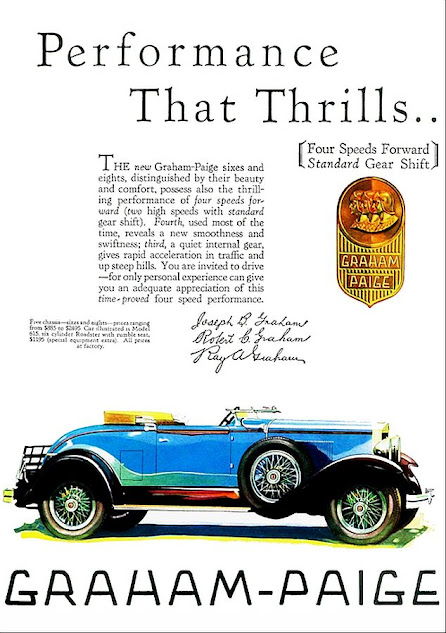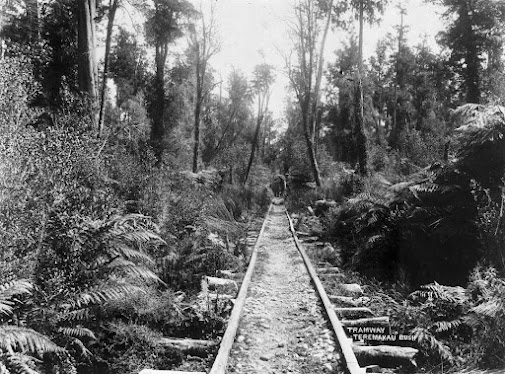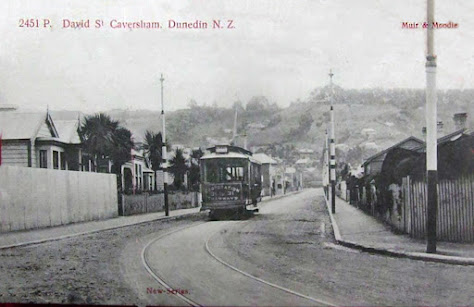Tuesday, February 28, 2023
an unfortunate cargo carried by train in Europe a lot more than previously
Let's hope politicians (on both sides) work out their disputes at the negotiating table rather than on the battle field. All war causes is death, destruction and suffering.
Monday, February 27, 2023
Sunday, February 26, 2023
Volkswagen Type 181
Saturday, February 25, 2023
Friday, February 24, 2023
1966-1972 Maserati Mexico
From wikipedia: "485 Mexicos were produced, 175 equipped with the 4.7-litre engine and 305 with the 4.2-litre engine." More
Thursday, February 23, 2023
ship 'Kairouan' poster-calendar, 1950
Wednesday, February 22, 2023
Detroit's former Citizen's Railway
"The city announced in late October 2003 that it would be discontinuing the system to reopen (fully) traffic to Washington Boulevard, and sell off the cars. The trolley barn in Washington Boulevard was demolished in 2004. Apparently, some of the old railcars sit abandoned in one of DDOT's garages, and the ones sent to Seattle to be refurbished, were, but haven't made it back to the city. Actually, no one really knows where those ones are."
Monday, February 20, 2023
'hamburger for the price of steak'



The Chevette was an economy car made by GM’s Chevrolet division made for about ten years, between 1976 and 1987. It was a car almost as basic a Model T Ford, except that it was available in more than just one color. That’s a stretch – but not much. A Chevette did not come standard with air conditioning or even a radio. The latter two were available as options, but most of the equipment that is today taken for granted – that is standard – in literally every new car, irrespective of price, such as climate control AC, power windows and locks, intermittent wipers, a stereo, electric rear defroster, cruise control and full instrumentation – was either optional or unavailable.
You could not buy a Chevette with power-adjustable leather seats and so on because why would you? If you wanted such luxury features, you were willing to pay extra for them. The whole point of a car like the Chevette was to avoid paying for such things.
And things such as heated seats, LED headlights and interior mood lighting weren’t available in Cadillacs when Chevettes were available. Today, such things are standard in Sedan deVille equivalents – and they are usually available (often standard) in today’s Chevette-equivalents.
Belfast trams, 1953
Australian National Railways promo plaque for the 'Ghan' to Alice Springs, circa 1988
With a pair of DL class diesels up front, info on these
Sunday, February 19, 2023
Taramakau bush tramway circa 1900, NZ
Following the gold rush of 1876, this wooden tramway was built between Greymouth and Kumara. Unsurprisingly from the nature of the track - clearer in the postcard - the trip took three hours for 30 km. Trams carried passengers and freight. Passengers had to cross the Taramakau River in a cage or flying fox suspended from a cable!
Saturday, February 18, 2023
Friday, February 17, 2023
Thursday, February 16, 2023
Tuesday, February 14, 2023
Monday, February 13, 2023
shipping in Heraklion, Crete, a long time ago
Obviously a CGI. Today it is the 4th largest city in Greece -- more info
Sunday, February 12, 2023
Cape Town wharves viewed from the 'Montreal Star'
No date - 1960s? Montreal Star was one of the Blue Star Line ships. For lots more see here and of course the book Home Boats by Nick Tolerton.














































